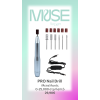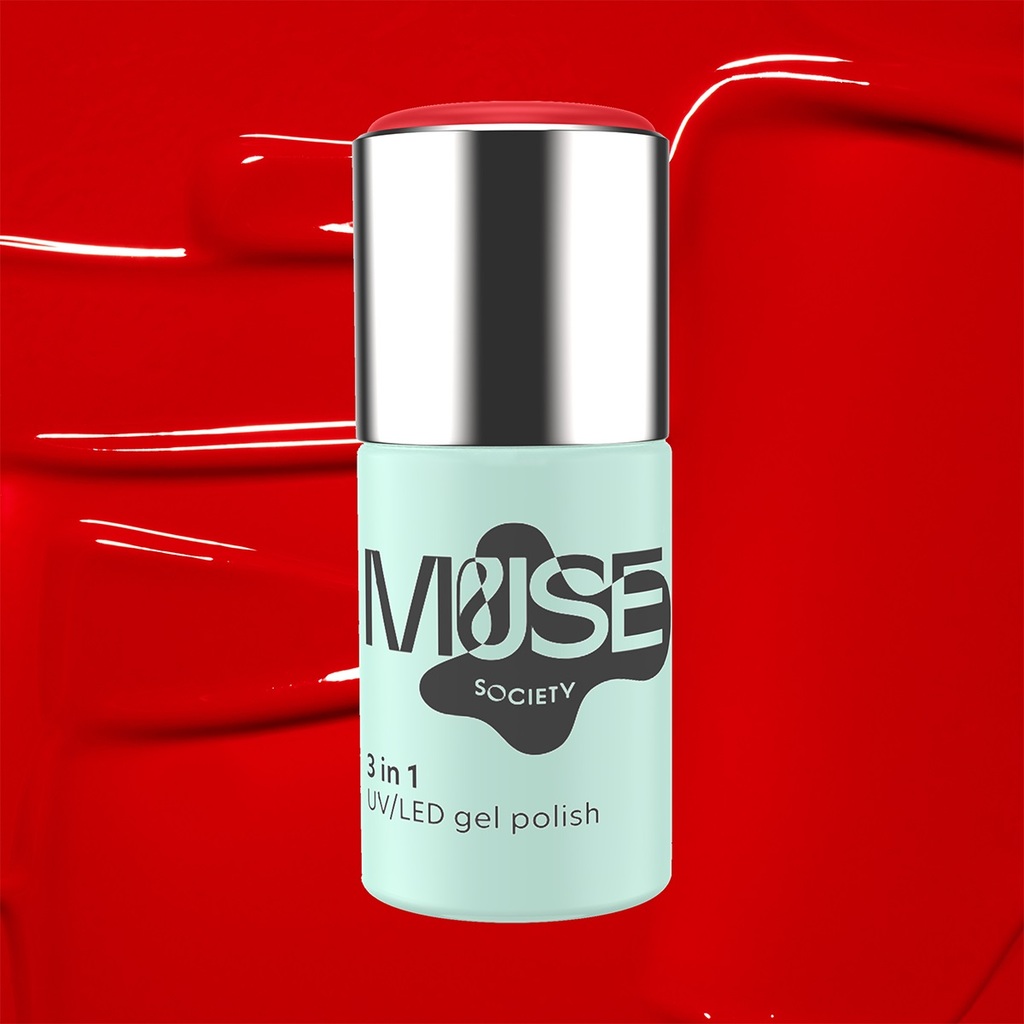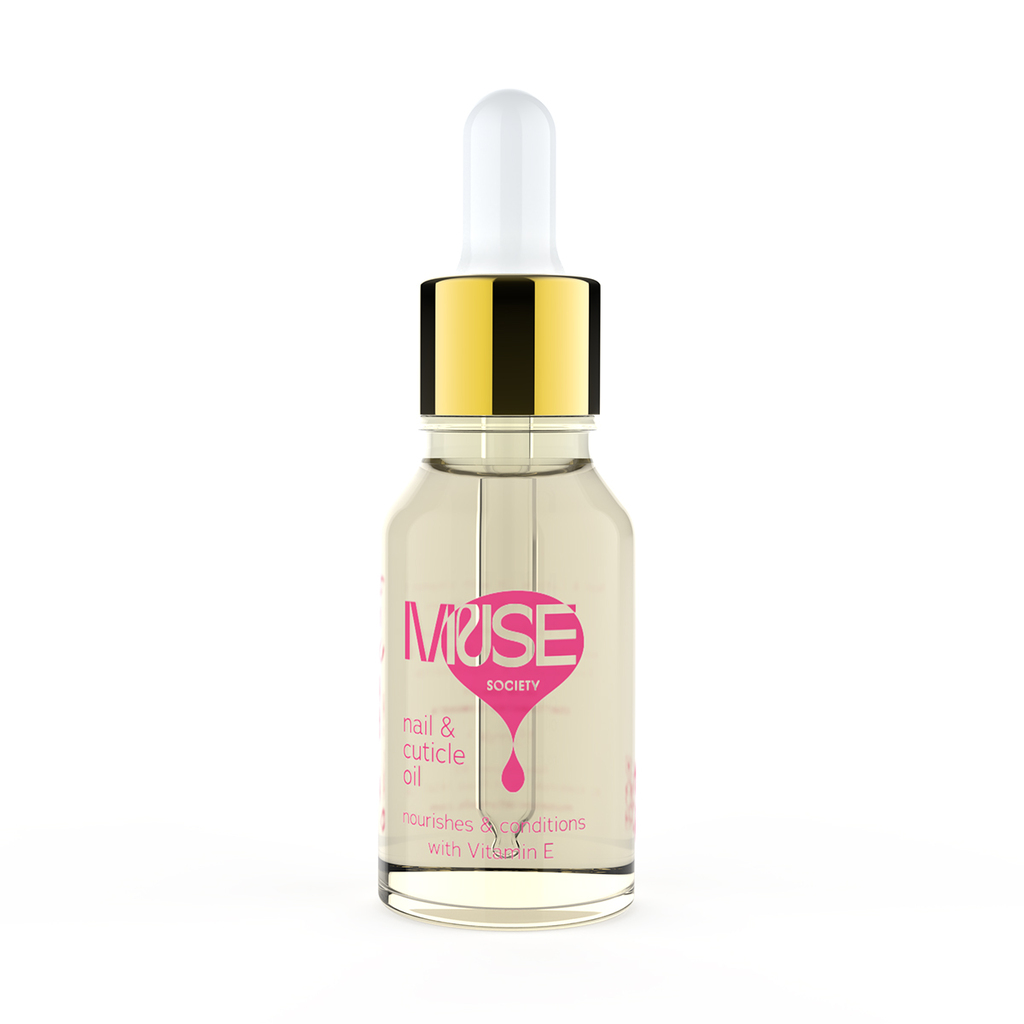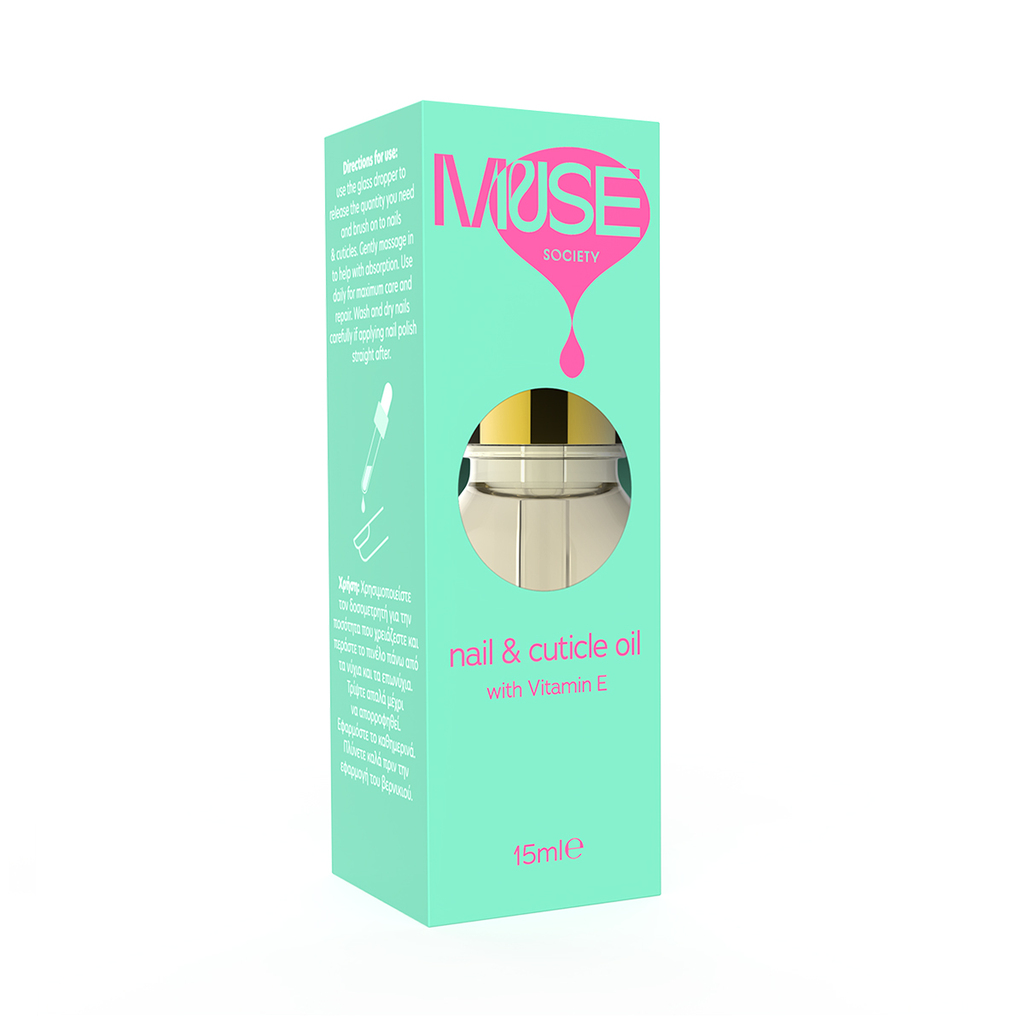
PRO Nail Drill
Professional Nail Drill
Compact and ergonomic design with USB allows easy connection to power bank, laptop, mobile charger and even car, perfect for at home, or on the go.
With adjustable speed & dual direction of rotation, ideal for beginners.
High Quality Material, Low Noise & Low Heat
Our electric drill has powerful but quiet motor for low vibration, premium aluminum alloy body and highly efficient heat management system.
Speed: 0-25,000 revolutions per minute (RPM)
Multifunctional Professional Nail Drill
Professional kit with 6 metal parts, and sanding bands.
Suitable for filing, polishing, shaping, carving, sculpting, removing gel polish, cuticles or calluses and is even perfect for trimming pet nails!
CHOOSING THE RIGHT NAIL BIT
Selecting the right bit is crucial for achieving the best results. Nail drill bits comein various shapes, each serving a specific purpose.
BEFORE YOU BEGIN
Hygiene is crucial in nail care. Before using the nail drill, ensure the bits and toolsare sanitized with alcohol or a disinfectant spray. This will prevent infections and ensure a clean and safe manicure.
WHEN YOU START
-Attach the appropriate drill bit to the machine. For beginners, start with a sanding band for general surface work or a fine carbide bit for removing gel polish.
-Adjust the speed of the nail drill. A lower speed (5,000–10,000 RPM) is best forbeginners and natural nail care, while a higher speed (10,000–20,000 RPM)is suitable for removing acrylics or gel nails.
TOP TIPS FOR THE PERFECT TECHNIQUE
-Hold the Drill Like a Pen: Grip the drill securely, similar to how you would hold a pen. This gives you better control over the tool.
-Keep a Light Touch: Do not press the bit into the nail. Let the drill's speed do the work. Pressing too hard can cause nail damage or burns.
-Start with Low Speed: Begin with a low speed, especially if you are working on natural nails. High speeds are more appropriate for acrylic or gel removal.
-Move in One Direction: When filing, move the drill in a consistent direction. Avoid back-and-forth movements, which can cause friction and heat, potentially damaging the nail.
ORDER HELP
ABOUT CAREER
JOIN FOR EXCLUSIVE TIPS AND DEALS 10% ON EVERY ORDER
LEGAL TERMS











